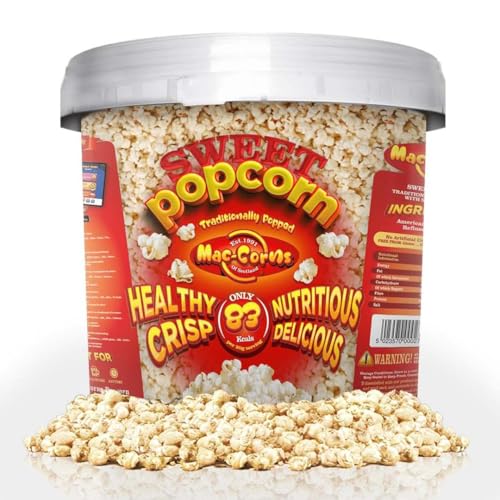When it comes to storage and transportation, buckets can be a budget-friendly and efficient option. Buckets can be made out of various materials, each with different properties and characteristics. In this article, we will explore the most common materials used to make buckets.
Plastic Buckets
Plastic is a popular choice for making buckets due to its durability, resistance to corrosion, and lightweight. The majority of plastic buckets are made from high-density polyethylene (HDPE) or polypropylene (PP). HDPE buckets are more rigid and can withstand higher temperatures, whereas PP buckets are more flexible and have better chemical resistance. Plastic buckets are used in various industries, such as agriculture, manufacturing, and food service.
Metal Buckets
Metal buckets, particularly steel and aluminum, are robust and long-lasting. Steel buckets are heavy-duty and rust-resistant, making them ideal for outdoor use in harsh environments. Aluminum buckets are lightweight and corrosion-resistant, typically used for dry storage or transporting liquids. Metal buckets are suitable for industrial applications, construction, and even household chores.
Wooden Buckets
Wooden buckets are a traditional choice, often used for decorative or historical purposes. They are typically made from solid wood, with various finishes and coatings to prevent water damage. Wooden buckets are not as durable as plastic or metal options, and are not commonly used for heavy-duty work. However, they add a rustic charm to a home or garden.
Canvas Buckets
Canvas buckets are lightweight and portable, often used for camping, hiking, or outdoor activities. They are typically made of cotton canvas or nylon, with a waterproof coating to keep contents dry. Canvas buckets are collapsible and easy to store, making them a popular choice for people with limited storage space.
Rubber Buckets
Rubber buckets are durable and flexible, typically used for storage or transporting liquids. They are often made of natural or synthetic rubber, with a variety of sizes and shapes. Rubber buckets are resistant to abrasion, tearing and are easy to clean. They are commonly used in the agricultural industry and for household chores.
In conclusion, the material used to make a bucket ultimately depends on the purpose and application. Whether it is plastic, metal or organic materials, each option comes with its unique benefits and considerations. Understanding the characteristics of each material can help you choose the most suitable bucket for your needs.





![[Novelty Place] Plastic Red & White Striped Classic Popcorn Containers for Movie Night - 8' Square x 7' Deep (1 Pack)](https://m.media-amazon.com/images/I/41rXoYrb7IL.jpg)
